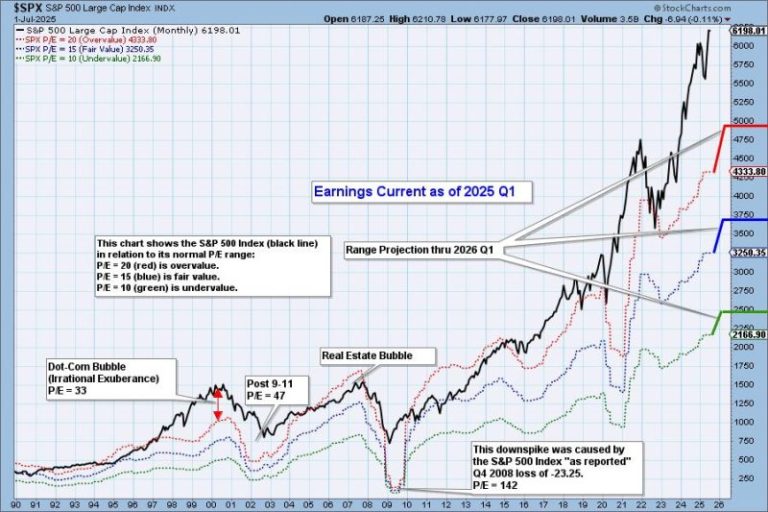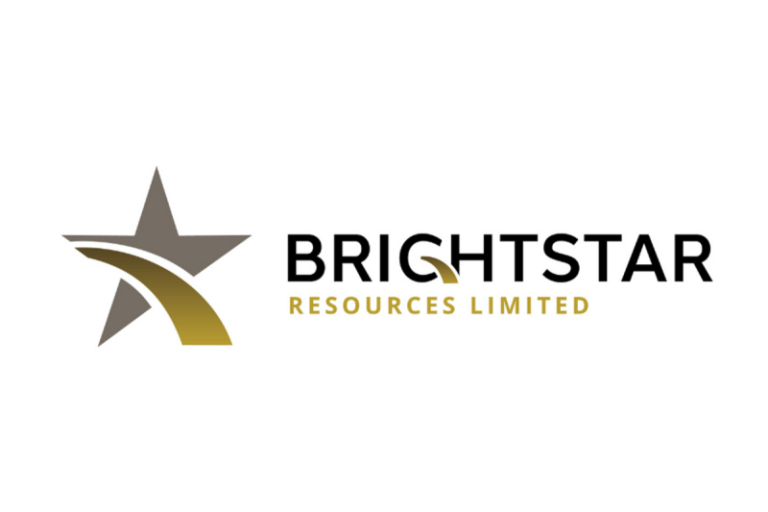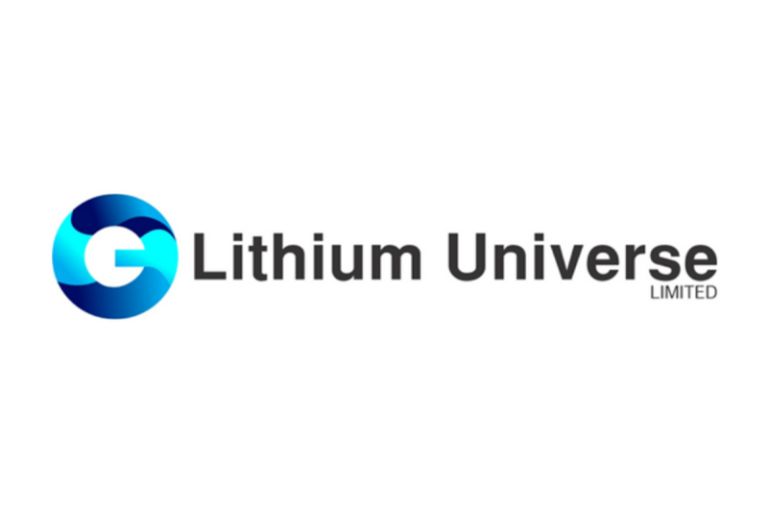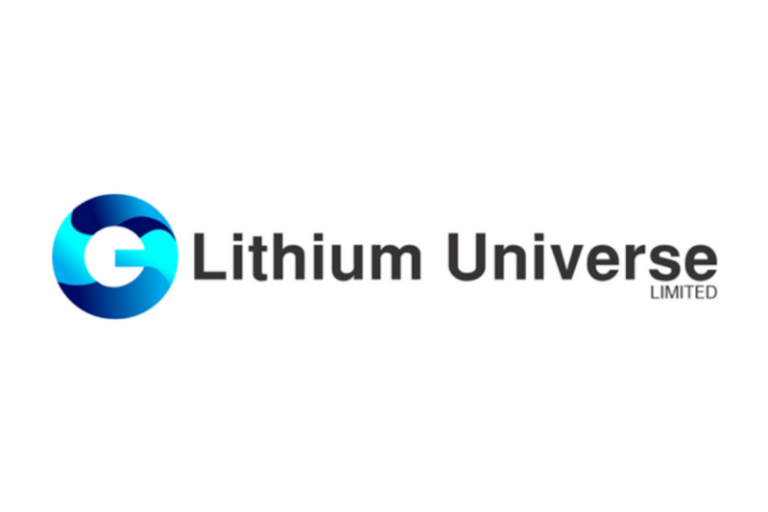Investor Insight
With a disciplined exploration strategy and a high-grade discovery focus, FinEx Metals is poised to become one of the most compelling new gold exploration companies in Europe. The company is led by a technically experienced and locally embedded team, backed by a tight share structure and strategic investor alignment.
Overview
FinEx Metals (TSXV:FINX) is an exploration-stage company focused on discovering Finland’s next high-grade gold deposit. Backed by NewQuest Capital Group, FinEx is strategically positioned near Europe’s largest gold mine, the Agnico Eagle’s Kittilä Mine, and sits within one of the most prospective but underexplored terrains globally – the Central Lapland Greenstone Belt.
FinEx has defined a 2.7-kilometer-long anomalous gold zone through a combination of trenching, rock sampling, and top-of-bedrock (ToB) drilling. The ToB campaign yielded 29 samples with assays ranging from 0.1 to 4.2 grams per ton (g/t) gold and revealed broad pathfinder anomalies in tellurium, bismuth, silver and arsenic, highlighting a robust geochemical footprint consistent with orogenic gold systems.
Additionally, 263 grab samples were collected from trench exposures, 52 of which returned values above 1 g/t gold, including 19 samples exceeding 10 g/t gold. The highest grade recorded to date is 95.1 g/t gold from a quartz-carbonate vein system, located within a zone extending over 250 meters. Ruoppa is fully permitted and drill-ready, with the maiden core drilling campaign scheduled to begin in August 2025. With an experienced local team, high-grade mineralization and proximity to active operations, FinEx offers a unique opportunity to invest in an early-stage gold explorer positioned for rapid value creation.
Company Highlights
- High-grade Gold Focus in a Tier-one Address: Flagship Ruoppa project lies within 17 km of Agnico Eagle’s Kittilä Mine, the largest gold-producing mine in Europe.
- Large, 100 percent Owned Land Package: FinEx controls a 100 percent owned, royalty-free portfolio of projects across the Central and Eastern Lapland greenstone belts.
- Drill-ready Flagship Asset: The Ruoppa project is fully permitted and will commence its maiden diamond drill program in Q3 2025.
- Exceptional Gold Grades: Rock grab samples from Ruoppa returned up to 95.1 g/t gold, with 52 samples over 1 g/t gold and 19 samples exceeding 10 g/t gold.
- Strong Local Technical Team: Deep exploration experience in Finland with former Agnico Eagle, FQM and Anglo-American personnel leading geological efforts.
Flagship Project
Ruoppa Gold Project
The Ruoppa project is FinEx Metals’ flagship exploration asset, situated approximately 17 kilometers from Agnico Eagle’s Kittilä Mine, the largest primary gold producer in Europe. Located within Finland’s Central Lapland Greenstone Belt (CLGB), Ruoppa lies on the same structural and geological trend that hosts other major gold systems like Rupert Resources’ Ikkari discovery. The project is fully permitted and drill-ready, with a maiden diamond drill program scheduled to commence in Q3 2025.
The anomalous gold zone identified at Ruoppa extends over 2.7 kilometers and remains open in all directions. Ten trenches totaling 641 meters have been excavated across the highest-priority geophysical and geochemical anomalies, confirming both the lateral continuity and high-grade potential of the gold-bearing structures. This robust dataset has defined a compelling sulphide-rich gold target at depth, which will be tested during the upcoming diamond drill program.
Notably, the project will see its first-ever diamond drilling in Q3 2025. Ruoppa benefits from excellent access to infrastructure, including all-season roads, grid power and 5G connectivity.
Over the past four years, FinEx has conducted extensive early-stage exploration, including ToB drilling, trenching and rock sampling. A total of 263 rock grab samples have been collected from trench exposures, with 52 samples returning assays greater than 1 g/t gold and 19 samples exceeding 10 g/t gold. The highest recorded sample yielded 95.1 g/t gold, hosted in quartz-carbonate vein systems. ToB drilling, an efficient shallow drilling method ideal for glacially covered terrains, revealed additional gold potential with assays up to 4.2 g/t gold and strong pathfinder element anomalies in tellurium, bismuth, silver and arsenic.
Additional Projects
Luova Gold Project
The Luova project is located within the thickest core portion of the CLGB, less than 10 kilometers from the Kittilä Mine and adjacent to key exploration prospects such as Hanhimaa and Hakokodanmaa. This underexplored project shows all the hallmarks of a classic orogenic gold system, including thick sequences of Fe-tholeiitic basalts, large-scale shear zones acting as fluid conduits, and favorable trap rocks such as graphitic tuffs and banded iron formations.
Historical base-of-till sampling conducted by Outokumpu and Agnico Eagle revealed anomalous gold and copper values, including results up to 0.38 g/t gold and 0.49 percent copper. Despite these encouraging results, the Luova project remains undrilled, representing a significant near-surface gold discovery opportunity. Ionic leach soil samples and detailed magnetic surveys are planned to refine drill targets, with a focus on zones where interpreted thrust faults intersect favorable host rocks.
Kero Gold Project
The Kero project, explored in the early 2000s by the Geological Survey of Finland (GTK), is another advanced gold target in FinEx’s portfolio. GTK completed an extensive dataset that includes 7.7 kilometers of diamond drilling, trenching, bedrock mapping and multiple geophysical surveys (including IP, VLF-R and ground magnetics). Historic drill intercepts at Kero include 1.05 meters at 12.6 g/t gold and 3.3 meters at 2.3 g/t gold, while surface grab samples returned up to 25.6 g/t gold from carbonate-sulphide veins.
The gold mineralization is associated with hydrothermal alteration and complex structural settings, including fold hinges and lithological contacts. A 1.2-kilometer-long gold anomaly has been defined, and the structural complexity – characterized by multiple deformation orientations – indicates strong potential for structurally controlled high-grade zones. Kero is accessible year-round via gravel roads and is a strong candidate for follow-up trenching and re-logging of the historical core.
Tulppio Ni-PGE Project
Located in the Eastern Lapland Granite-Greenstone Belt, the Tulppio project represents FinEx’s entry into critical mineral exploration, specifically targeting nickel sulphides and platinum group elements (PGE). The project is positioned adjacent to the Sokli project, a world-class phosphate, iron and REE deposit operated by Finnish Minerals Group. Tulppio contains a large (5 km x 2 km) ultramafic intrusive complex, with a gravity signature suggesting the body extends to 2 kilometers in depth.
Historic shallow drilling (less than 100 meters depth) has already intercepted 3 meters at 1.12 g/t platinum+palladium and 0.49 percent nickel (including 1.5 meters at 1.54 g/t platinum+palladium), and 24 meters at 0.33 percent nickel with sulfur content up to 4,600 ppm. Ionic leach soil sampling across the project has identified multiple significant nickel-cobalt-copper-palladium-gold anomalies, underscoring the project’s polymetallic potential. According to the Geological Survey of Finland (2010), Tulppio’s PGE and nickel potential should be factored into future development of the Sokli region.
Ukko Gold-Copper Project
The Ukko project targets orogenic and potentially metamorphosed epithermal gold systems in an Archean greenstone setting. The geology comprises komatiites, mafic volcanics, massive sulphide lenses and mica schists – favorable hosts for both gold and base metal mineralization. Historical drilling by Outokumpu in 1985 intersected 2.05 meters at 2.25 g/t gold. Recent soil sampling has revealed a new gold-copper anomaly in the southeastern portion of the property, coinciding with high magnetic and conductive geophysical zones. Further geochemical and IP surveys are planned to constrain the structure and assess the potential for deeper epithermal or orogenic systems.
Management Team
Tero Kosonen – Chairman and CEO
A seasoned venture capitalist and natural resources investor, Tero Kosonen brings more than 30 years of experience in private equity and management. As co-founder of NewQuest Capital, he has led numerous early-stage ventures across energy and mining. He provides strategic leadership and capital markets expertise to FinEx.
Dr. Petri Peltonen – Chief Geologist
A globally respected exploration geologist with over 30 years of experience in gold, nickel and iron ore exploration, Dr. Petri Peltonen is the former exploration manager – Europe for FQM. He is an Associated Professor at the University of Helsinki. Peltonen ensures technical rigour and exploration success at FinEx.
Sandra Wong – CFO
With over 20 years in financial leadership roles across publicly listed companies, Sandra Wong brings deep experience in accounting, compliance and governance – critical for a newly listed entity with aggressive exploration goals.
Eetu Jokela – Project Manager
A local geologist with direct exploration experience with Agnico Eagle, Eetu Jokela is responsible for day-to-day field operations and geological planning, combining practical know-how with deep regional knowledge.
Olli Silvonen – Exploration Geologist
Experienced in regional greenfields exploration, Olli Silvonen supports mapping, sampling and trenching programs with a strong focus on gold and nickel-copper-PGE systems within the CLGB.
Jukka Jokela – Senior Advisor
The former CEO of Anglo American Sakatti Mining, Jukka Jokela offers more than 35 years of exploration and ESG leadership in the Nordic region, adding valuable permitting and stakeholder engagement capacity.
Dr. Pasi Eilu – Senior Advisor
With 40 years in academic and field exploration, Dr. Pasi Eilu is a recognized expert on greenstone-hosted gold and critical minerals in Finland. His work has shaped much of the geological understanding in Lapland.
Phil Smerchanski – Senior Technical Advisor
Phil Smerchanski brings more than two decades of experience in nickel and gold systems. A former senior technical lead at Oxygen Capital and Anglo American, he provides technical guidance across project pipeline development.
This post appeared first on investingnews.com










